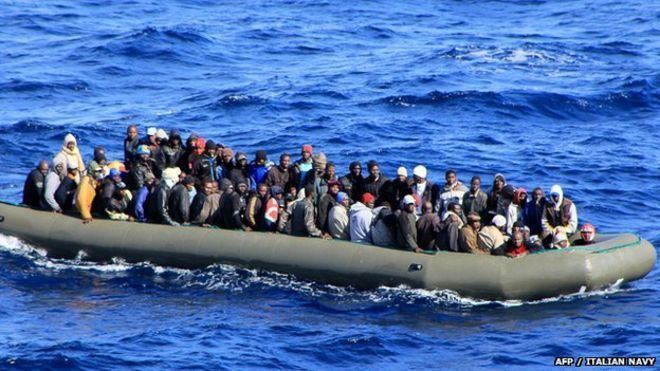Start date November 1, 2014 | ||
 | ||
Frontex coordinated operation triton
Operation Triton is a border security operation conducted by Frontex, the European Union's border security agency. The operation, under Italian control, began on 1 November 2014 and involves voluntary contributions from 15 other European nations (both EU member states and non-members). Current voluntary contributors to Operation Triton are Croatia, Iceland, Finland, Norway, Sweden, Germany, the Netherlands, France, Spain, Ireland, Portugal, Austria, Switzerland, Romania, Poland, Lithuania and Malta. The operation was undertaken after Italy ended Operation Mare Nostrum, which had become too costly for a single country to fund; it was costing the Italian government €9 million per month for an operation that lasted 12 months. The Italian government had requested additional funds from the other EU member states but they did not offer the requested support.
Contents
- Frontex coordinated operation triton
- Operation triton ein halbherziges unterfangen
- Assets
- Funding
- Events
- References
Operation triton ein halbherziges unterfangen
Assets
The operation's assets consist of two surveillance aircraft, three ships and seven teams of staff who gather intelligence and conduct screening/identification processing. Its budget is estimated at €2.9 million per month.
Since the operation began the number of migrants who drowned while crossing the Mediterranean has dramatically increased with the April 2015 Libya migrant shipwrecks resulting in over 1,000 deaths alone. The International Organization for Migration says that deaths at sea have risen nine times after the end of Operation Mare Nostrum. The New York Times reported that early 2015 saw a 1600% increase in the number of migrants drowning while attempting to cross the Mediterranean as compared to the same period in early 2014. In 2015, Croatian warship BŠ-72 Andrija Mohorovičić joined the rescue efforts.
Funding
On 20 April, following the April 2015 Libya migrant shipwrecks, EU ministers proposed to double the size of Operation Triton but that would still leave the mission with fewer resources than the previous Italian-run rescue option (Operation Mare Nostrum) whose budget was more than 3 times as large, had 4 times the number of aircraft and had a wider mandate to conduct search and rescue operations across the Mediterranean Sea.
On 23 April a 5-hour emergency summit was held and EU heads of state agreed to triple the budget of Operation Triton to €120 million for 2015-2016. EU leaders claimed that this would allow for the same operational capabilities as Operation Mare Nostrum had had in 2013-2014. As part of the agreement the United Kingdom agreed to send HMS Bulwark, two naval patrol boats and three helicopters to join the Operation. Amnesty International immediately criticized the EU response as "a face-saving not a life-saving operation" and said that "failure to extend Triton’s operational area will fatally undermine today’s commitment."
Events
On 14 June 2016, the Dutch frigate Zr. Ms. Van Amstel rescued 193 migrants, including 40 women and 16 children, who had been at sea for a week. The migrants' plan was to travel from Egypt to Sicily, but panic erupted when the old ship they were on started showing signs of sinking. The Dutch frigate safely escorted them to an Italian harbour.
